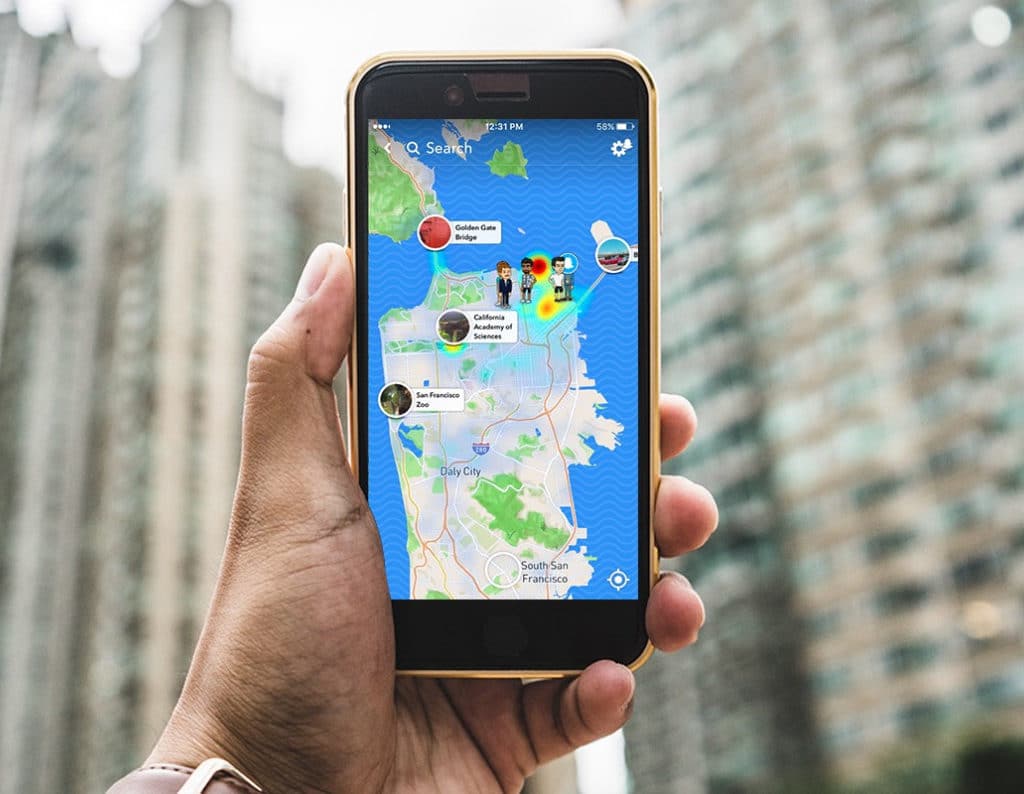Snap this week is rolling out a new feature to iOS users to help them track and save their local adventures. Known as Footsteps, it offers greater structure around one’s local activity. Think of it as a taxonomy or reference tool for socially-active users to document, share, or revisit their favorite places.
This feature can be seen as riding the tailwinds of the ongoing quantified-self movement. Just like fitness trackers monitor and improve one’s health, Footsteps is meant to log one’s local travels. Seeing that data in the aggregate may resonate with users and reveal insights about their social activity.
Beyond a utility, it could be fun fodder for social sharing, which of course is a key activity that drives Snapchat engagement. We can see it as a set of analytics that users will want to share to boast their local activity – sort of like Snapchat “Streaks” documents users’ consecutive days using the app.
To be clear, this feature existed within Snapchat, but only for Snapchat+ users. The difference in this week’s move is that it’s being rolled out to all Snapchat users on iOS. This makes it another area where Snapchat+ has served Snap. In addition to revenue diversification, it’s a nice test bed for new features.
Comprehensive & Automated
From a user perspective, Footsteps will live within Snap Map. Similar to Google Maps’ Timeline feature, it will do things like tell you how many countries you’ve visited or what portion of your home city you’ve explored. We could see this going in gamified directions such as badges and leaderboards.
To avoid a “cold start” problem, Snap is pre-populating Footsteps with users’ Memories, which include things like trips you’ve taken and actively saved. Going forward, Footsteps will eschew Memories and rely instead on user location data to track users’ travels and assemble their personal analytics.
Put another way, the tracking will be more comprehensive and automated going forward. But those past Memories will give it some sense of “fullness” the first time users open it. That could help hook in initial engagement while the tracking data takes more time to kick in and create meaningful analytics.
Users can also opt out of Footsteps tracking if they turn on Ghost Mode – a setting in Snapchat that prevents Snap Map from revealing your location to friends. This may go a long way in avoiding a creepy factor (more on that in a bit), by using an existing opt-out mechanism that users are familiar with.
Next Steps
Altogether, this move comes as Snapchat continues to find ways to boost its business amidst a floundering stock price. Snap Map is one of its features that’s truly differentiated from competitors like Instagram and TikTok (though Instagram is dabbling). So next steps could involve monetization.
In that sense, Footsteps could have implications for Snap’s ongoing efforts to monetize local commerce and SMB promotions through Snap Map. By having first-party data on its users’ patterns, it could offer more targeted advertising to potential SMB advertisers, as well as multi-location brand marketers.
But beyond a tool to track location and serve ads based on where you are – a geotargeting approach that may carry a creepy factor – location data could be used for audience targeting. In other words, based on where people go, Snap can develop audience profiles and then target ads based on those personas.
Either way, the key term is first-party. Because Snap is tracking location data within its own app and amongst its own users, Footsteps is technically aligned with privacy laws. Beyond compliance, it’s all about making sure users feel safe, and avoiding the creepy factor. We’ll see how Snap walks that line.




